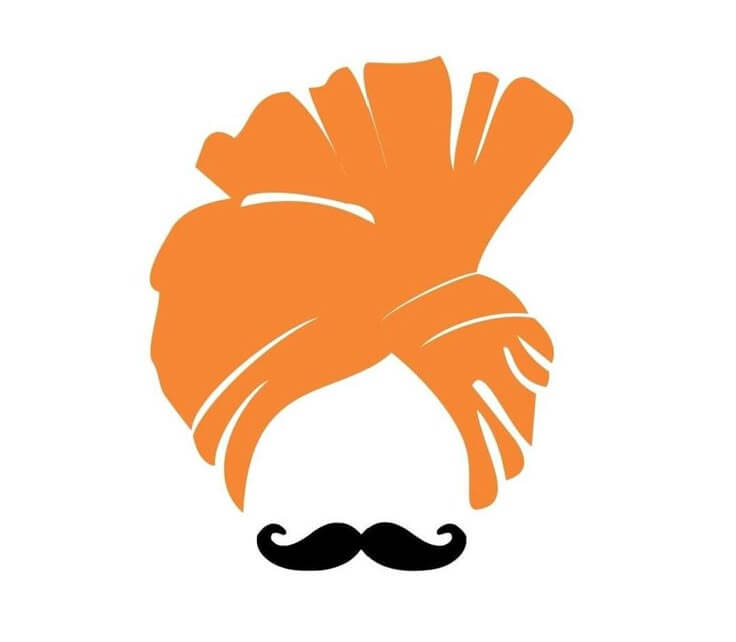Kojagiri Purnima is observed on the full moon day of Ashwin month in the Hindu calendar, honouring Goddess Lakshmi. To seek her blessings in wealth, prosperity, and abundance.
The term ‘Kojagiri’ means ‘who is awake,’ indicating the significance of remaining awake and praying throughout the night. This day, also called Sharad Purnima, is highly important because worshippers think that honouring the goddess can result in financial blessings and resolve money issues.
As per the religious doctrine, Goddess Lakshmi moves around the world during this night, and those who stay devoted in their worship are blessed by her.
On this auspicious day, devotees wake up early in the morning and take holy bath but puja rituals are not the same everywhere; they vary from place to place. Devotees observe fast on this sacred day and place a Laxmi idol on a wooden plank.
Light a diya with desi ghee and offer various seasonal fruits, sweets and other offerings. They decorate the idol with shringar items such as chunni, sindoor, bangles, garland, and lotus flowers. Offer bhog prasad, which is rice and coconut water.
It is said that Kojagiri Purnima is the day when the moon is seen with all the sixteen kalas, which are the different phases of the moon. It is also called Kojagiri Lakshmi Purnima as the day is dedicated to goddess Lakshmi. Kojagiri Purnima also marks the end of the monsoon season. It is celebrated on the full moon day in the Hindu month of Ashwin.
Kojagiri Purnima is one of the most important festivals in the country. It is celebrated with fervor across Orissa, West Bengal, Maharashtra, Jharkhand and many regions of eastern India. The festival is of great significance in Vrindavan, Braj, Nathdwara and Mathura. Kojagiri Purnima is observed by worshipping goddess Lakshmi, the moon god Indra. People usually stay awake at night to celebrate the festival and special pujas are offered to goddess Lakshmi. It is believed that the moon is close to earth on this day. Many sages believe that the moonlight on this night have healing power and is beneficial for mind and soul. As the rays of the moon are said to have curative properties, people come out of their house at night to soak in the moonlight. In many regions, sweets like kheer are prepared on this day and are left under the rays of the moon. These sweets are consumed and distributed later as Prasad. In some regions, people do not see the moon directly on this night. A vessel is filled with boiling milk and the reflection of the moon in that vessel is seen. This is also the day to begin the Purnimasi fasting for the year. This fasting is observed by newly-wed women.


